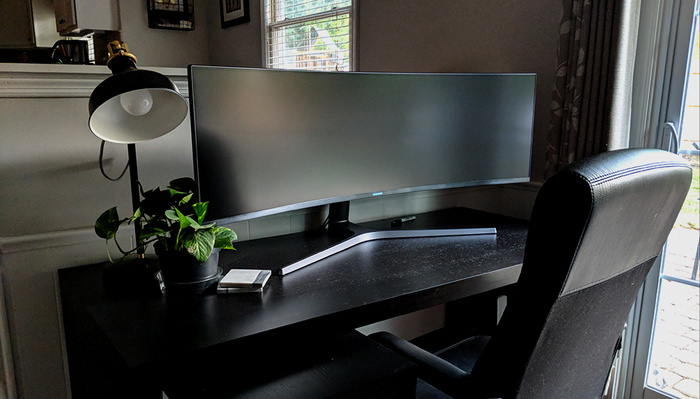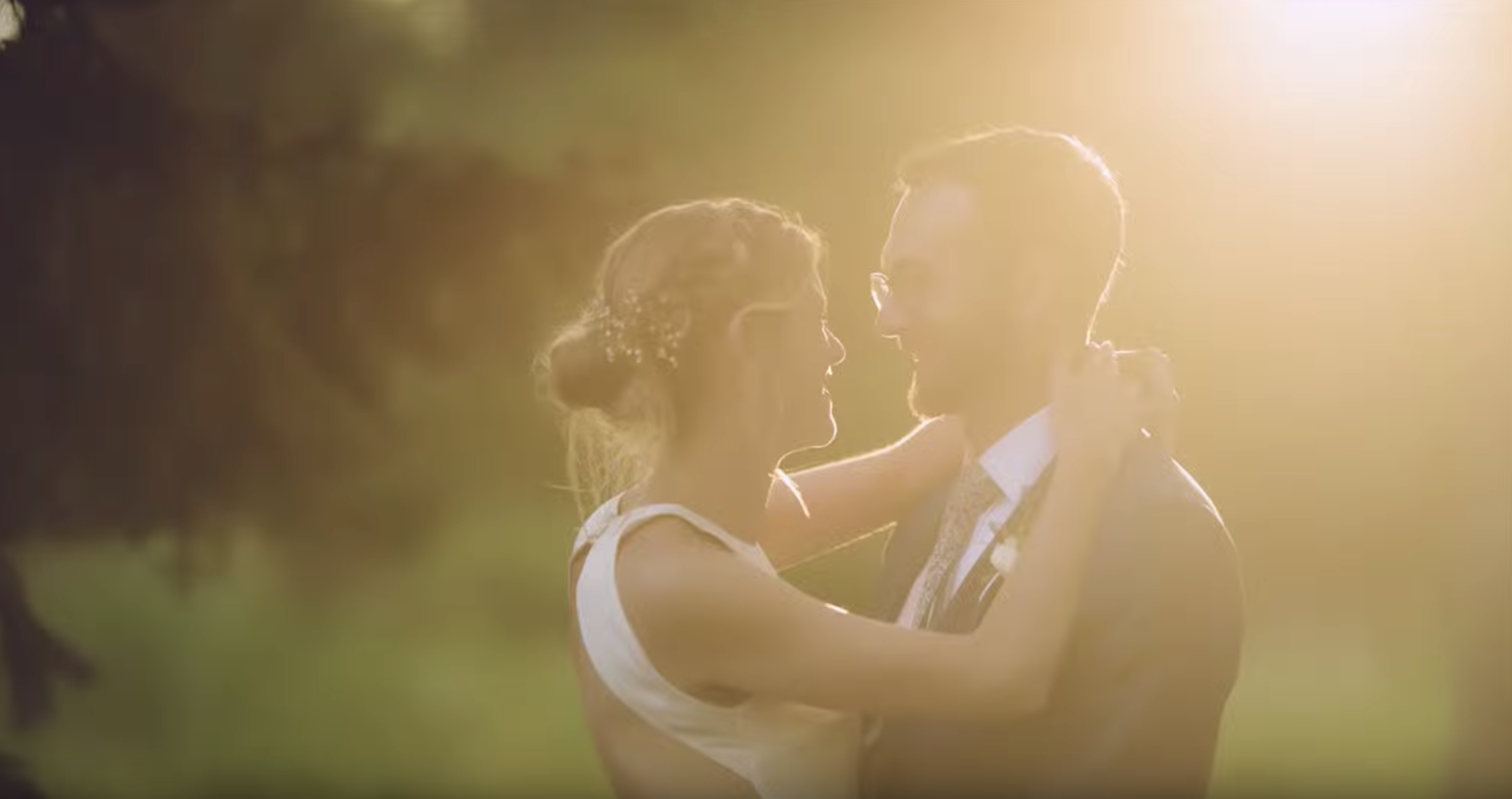Melissa Munding of Melissa Munding Photography comes through with a bit of gold for all of us. Coming from a fine art background, she’s been torn to shreds in her past and developed strategies to learn and grow from it:
Unlike a lot of you amazing business-minded people, my background is in fine arts. I studied drawing & painting at Cal State Long Beach along with a ton of art history and even gallery design and exhibition. Art is in my blood and my whole life has been spent identifying with art in some way or another, tearing my own work to shreds (metaphorically and literally), and beginning anew with what I’ve just learned from each failure. If there’s one thing I’ve taken away from art school that I can apply here, it’s criticism. I believe constructive criticism is a strength of mine and I’d like to see EVERYONE here benefit from some good old CC as well. When it comes down to this business, our art is why we’re here (for most of us anyway). Few things can push us to grow in our photography as much as a real, deep, brutal critique. As artists we are all deeply invested in our work. It is a piece of us and when we’ve done something we’re proud of it’s not easy to hear somebody else rip that achievement to shreds…
But here’s the thing: If you already thought it was perfect you don’t have room to grow. Plain and simple. If you look for criticism from others on your best work, even though that’s when it’s the toughest to hear, your potential for growth is limitless. We owe it to ourselves to open up, get down and dirty and bare all for a genuine critique. Here are some key points on surviving even the most brutal critique and benefiting from it.

Receiving Brutal Critiques:
-ENGAGE! Don’t just sit silently and ‘listen.’ Ask questions, ask for recommendations, ask for more thoughts on the matter. If you turn a bit of criticism into a conversation about how to improve you will gain so much! Back and forth is a good thing. Be specific and think about your body of work as well as the piece being critiqued. Think about how it might apply over all.
-Be specific! If there’s a specific thing you want to know, lay all the cards on the table.
-Ask for criticism on your BEST work. If you’re lukewarm about a photo, you likely already know what could make it better. When you’re in love with a picture…that’s when critiques really come in handy and push you farther than ever.
-Honesty is NOT the same as support. If you ask for an “honest critique” know that you will get some honest opinions. If you are looking for support, do it another way because this isn’t the time to be sensitive and lean on others. This takes a thick skin…when you ask for honesty you should be getting honesty (even if it’s not what you want to hear).
-Opinions vs. Facts. Critiques are only opinions. They are not facts. The beauty of a critique is that you don’t have to agree with everyone or everything they say. In fact, sometimes strongly disagreeing with a critique can help you to pinpoint elements of a unique style of your own. Having a strong opinion of your own is a good thing! On the other hand, there are certain basic, accepted truths that people will call upon when giving a critique…such as the rule of thirds, compositional ideals, symmetry, balance, technical excellence, etc. Sometimes there IS a right answer and sometimes rules are made to be broken. Keeping all of this in mind will help you to identify which it is.
-Agree to disagree. You won’t always find common ground and see eye-to-eye and that’s ok. Be polite and agree to disagree. There are no absolutes.
-Take it with a grain of salt. YOU get to choose what you take away from a critique. Don’t get worked up and defensive because nobody grows that way. Only you can allow yourself to benefit from a critique instead of be offended by it. Ask yourself this: “Is it relevant?” If not, just dismiss it and move on.
-People are too nice. If you’re hearing crickets…they might be afraid to tell you what they really think. Show them that you are genuinely open to hearing what they have to say. Tell them that you want them to “rip it to shreds” or “be brutal.” Open yourself up and you will get the help you’re after.
-Remember that when it hurts the most, you have the most opportunity to grow. It’s true.
-Don’t take it personally. Nobody is attacking your character or intelligence.
-Put a positive spin on it. Ask yourself how you can turn anything negative or challenging into a positive and run with that.
-Follow up. Mull it all over and go apply it. This could be a re-edit. It could be something you do differently on your next shoot. It could be looking something up in your manual. Learn from the criticism, otherwise it’s in vain.
-Consider it an exercise in the “real world.” Clients will be critical of how they look in photos. Criticism awaits my friends! Better get used to it!
Giving Honest, Helpful Critiques:
-Treat others the way you want to be treated. Plain & simple. We learned this as children and it never stops applying.
-Limit your critique to the artwork at hand unless specifically asked to review an entire body of work.
-Is it relevant? Make sure your criticism makes a relevant point.
-Point out both positives AND negatives. Learning our strengths is just as important as learning our weaknesses.
-Keep your criticism focused on the piece at hand and don’t criticize the person behind it.
-Be specific. Saying “this sucks” is not helpful. Give specific examples and suggest how you might improve them.
Critiquing Your Own Work:
-Remain objective. Take a break, step away and spend some time apart. Then, come back with fresh eyes to really see it.
-Point our your own strengths and weaknesses. I rip my work to shreds. I’m my own worst critic but I’ll never stop because I think being content has no place in the art world.
-Don’t compare yourself to others.
-Branch out. Once you’ve gathered all of your own insights about your work, open it up to a larger audience and see what you might have missed. See what you agree with and what you disagree with. See what is a solid judgment when others confirm it in their own critiques. All of this will help you grow.
Remember this:
All artists were at one time amateurs. Every one of you has this amazing group of people…new and seasoned photogs alike…and you can learn from them/us. Just say the word. Need some practice? Critique this article!







There is in fact a technique to giving constructive criticism. As an experienced educator the technique that I utilise most often is often referred to as the “Shit Sandwich” or the “Feedback Sandwich”.
It is basic and as the name eludes to, involves layers of feedback with the criticism firmly sandwiched in the middle.
A good feedback sandwich will often leave the receiver wanting more as everyone loves to be told that they can do something well.
The technique involves approaching the receiver and first giving Positive Feedback.
This is quickly followed by the Criticism or Negative Feedback.
We then conclude with some more Positive Feedback.
It can often be difficult to find positive feedback to leave the receiver with however the good old, “I am really impressed with you willingness to seek advice and grow your already good talents or skill”, is always a good one to keep in the tool box.
As Melissa has so aptly put it, constructive criticism or feedback is something that will enable us to grow and enjoy our art so be a good constructive criticism deliverer and use the feedback sandwich where possible.